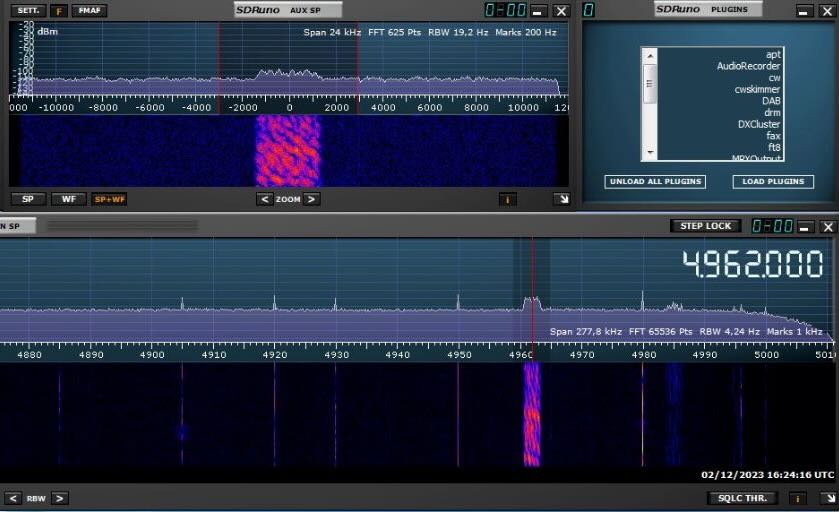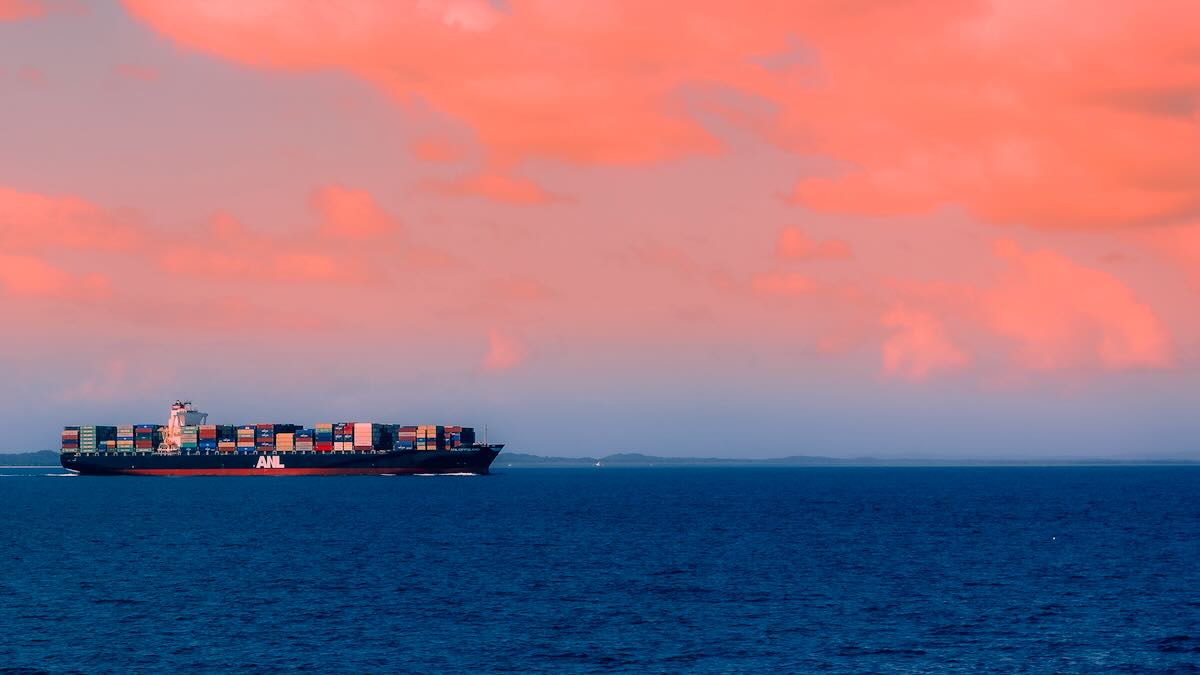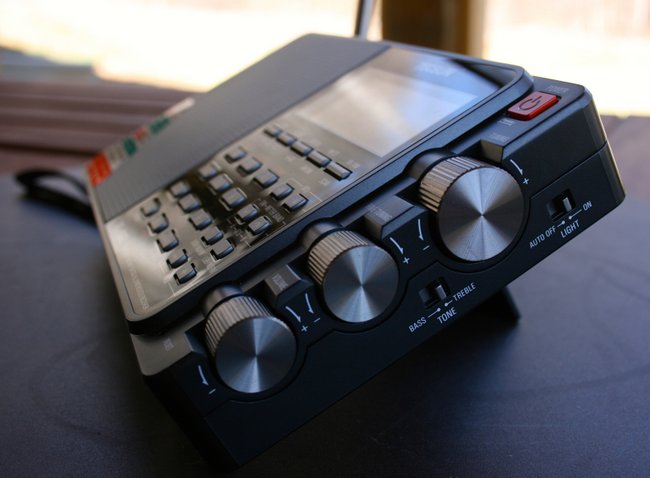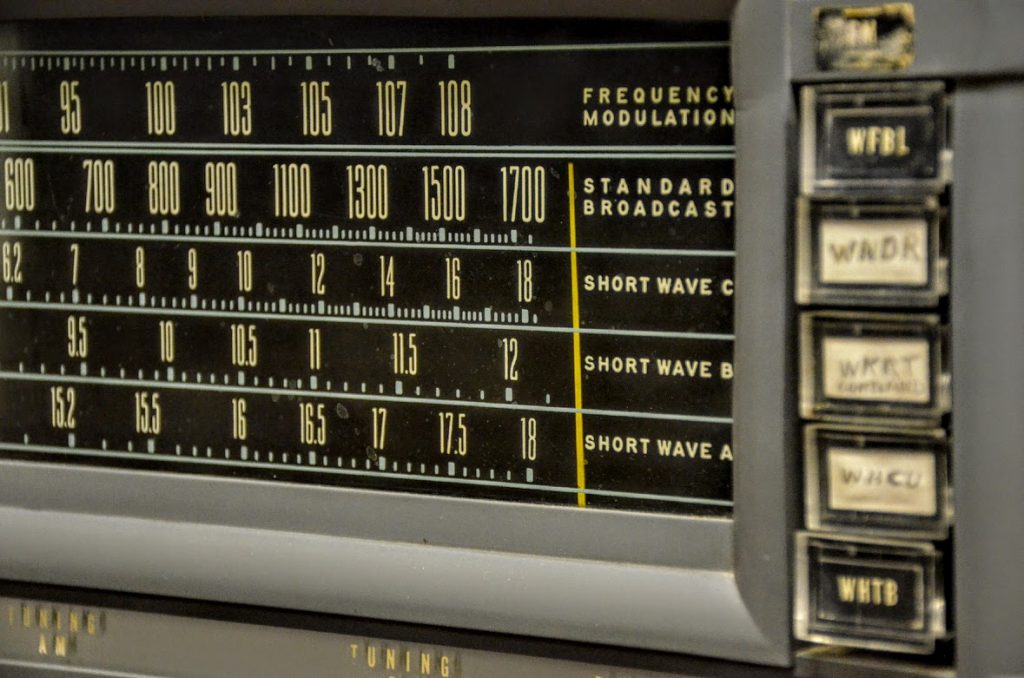Many thanks to SWLing Post contributor Don Moore–noted author, traveler, and DXer–who shares the following post:
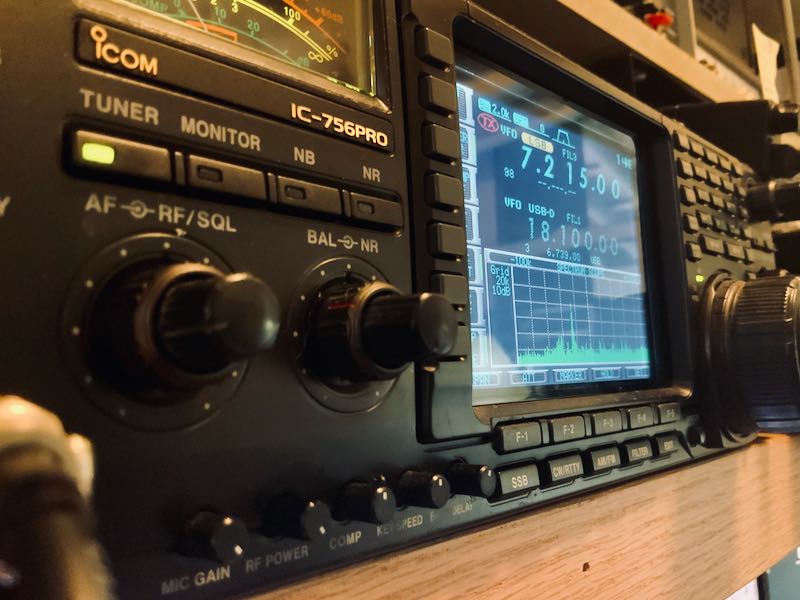 The Missouri and Oklahoma Secure Nets
The Missouri and Oklahoma Secure Nets
By Don Moore
Don’s traveling DX stories can be found in his book Tales of a Vagabond DXer [SWLing Post affiliate link]. If you’ve already read his book and enjoyed it, do Don a favor and leave a review on Amazon.
I’m always looking for new stations to add to my logbook, and the more unusual, the better. So I was intrigued by a pair of messages in the Utility DXers Forum (https://www.udxf.nl/) email group in mid-August. Steve Handler posted a list of emergency station call signs from the state of Missouri that he found on the web in a 2014 emergency plan document. Then Jack Metcalfe responded that the last time he had checked, in early 2024, they ran a regularly scheduled net on 5140 kHz.
I immediately sent an email to Jack to find out more. He answered that on Wednesdays the Oklahoma State Secure Net had been doing a check-in at 0900 local time and that the Missouri State Secure Net followed at 0930 local time. Both of these started on 5140 kHz and then moved to 7477 kHz.
Going After the Secure Nets
I was spending my summer at an Airbnb in the north suburbs of Chicago. It wasn’t a good place to DX from, but I had already found a good listening site at the Old School Forest Preserve near Libertyville, Illinois. I began a series of regular Wednesday morning listening sessions. I knew that this wasn’t the best time of year for reception on lower frequencies, but I wanted to give it a try.
All I got from the Oklahoma net was a few very weak and unreadable signals. From the Missouri net, I got two loggings of the net control station, WNBE830, and of WQKX373 in St. Charles County. Two other Missouri stations did check in, but they were too weak for me to copy the call signs. They did say that the net is only on the first and third Wednesdays of the month. And there was nothing on 7477 kHz, so they apparently stick to 5140 kHz only now.
Recording of WNBE830 as heard on 5140 kHz at 1430 UTC on 03 September 2025, as heard in Old School Forest Preserve:
In mid-September, I left Chicago to visit my daughter in western Colorado. While I was planning my return drive back east along I-70, I realized that I would be spending the night of Tuesday, October 14, somewhere around Kansas City. And that meant I would be in the area the next morning for the third Wednesday of the month. I made plans for another mini DXpedition.
I found a hotel in the west suburbs and the next morning headed to a picnic shelter in nearby Wyandotte County Park for another remote DX session with my Airspy HF+ Discovery SDRs and PA0RDT mini whip. It was an excellent location. I logged five stations participating in the Oklahoma net. During the initial chitchat before the roll call, it was mentioned that some of the participants were at a conference. I might have gotten more stations if it hadn’t been for that. The Missouri net, on the other hand, did not make an appearance even though it was the third Wednesday.
Recording of roll call in the Oklahoma State Secure Net on 5140 kHz at 1407 UTC on October 15, 2025, as heard in Wyandotte County Park.
How To Log the Secure Nets
I didn’t hear as many new stations as I had hoped, but then I was listening in late summer and early autumn. There had already been several hours of daylight before the net started, which isn’t the best for propagation on the lower shortwave frequencies. The northern hemisphere is moving into winter, and as that happens, sunrise times will move later. And that will allow 5140 kHz to be heard at greater distances during the timeslot these nets are on. If you can hear WWV on 5 MHz in mid-morning in mid-winter at your location, you should have a chance at these.
The nets are on at 0900 and 0930 local (Central) time. When I was tuning in, that was 1400 and 1430 UTC, but when the US goes off of Daylight Savings Time on November 2nd, that changes to 1500 and 1530 UTC. From what one of the Oklahoma stations said, it sounded like the Oklahoma net is on every Wednesday. The Missouri net did say only first and third Wednesdays, but according to Jack Metcalfe, it was weekly some years ago. And for some reason, they weren’t on the third Wednesday of October.
I’m going to be spending the next four months traveling in Southeast Asia, so I won’t be DXing these again until I return to Chicago for a short visit in March. But hopefully some of you reading this in North America will try to hear these networks, too. Given that there is some question as to which Wednesdays these networks take place, I suggest setting up your SDR to make a spectrum recording including 5140 kHz every Wednesday at 1400/1500 UTC for the next few months. And let me know what you hear by dropping me a message to Don AT DonMooreDXer DOT com. If I get enough good information, I’ll put together an update to this article.
And that brings up something else. Do you know of any other regularly scheduled utility voice networks on shortwave like this one? Over twenty years ago, the US Army Corps of Engineers and the Federal Aviation Administration had weekly voice nets, but those are long gone.
Please post what you know in the comments or send me an email to the above address.
Oklahoma Secure Net Stations
On logs going back to 2005, these are the stations that Jack Metcalfe has heard participating in the net.
- KNBV428 Santa Fe, NM
- KNFG267 Oklahoma City, OK (normal net control)
- KNGR728 Rush Springs, OK
- WGY926 Oklahoma City, OK
- WNBM839 Stillwater, OK
- WNCH624 Department of Emergency Management, Tulsa, OK
- WNPV700 Durant, OK
- WNUW211 Oklahoma City, OK
- WNUW212 Department of Emergency Management, Shawnee, OK
- WNUW213 Department of Emergency Management, Altus, OK
- WNUW215 Ponca City, OK
- WNUW216 Oklahoma City, OK
- WNUW217 Ardmore, OK
- WPBV938 Beaver, OK (Beaver County EOC)
- WPFY721, Oklahoma Emergency Management Agency EOC at the National Guard Armory, Seminole, OK
- WQSY836 Byng, OK
My logs include three more stations either participating in or being unsuccessfully called.
- WQYW833 Unknown location
- WQZT582 Broken Arrow
- WSHM692 Oklahoma City
Missouri Secure Net
Stations Jack Metcalfe has logged.
- WNBE830 Ike Skelton Training Center, Jefferson City, MO (net control)
- WNUW240 Missouri EMA, Jefferson City, MO
- WQKE203 Missouri Dept of Transportation, Jefferson City, MO
- WQOI753 Missouri Dept of Transportation, Hannibal, MO
- WQOI754 Missouri Dept of Public Safety, Sikeston, MO
- WQOJ557 Missouri State Police Radio Shop, Jefferson City, MO
- WQOL350 Missouri Dept of Public Safety, Chesterfield, MO
- WQOL459 Missouri Dept of Transportation, Lee’s Summit, MO
I heard one additional station:
- WQKX373 St. Charles County, MO
Next listed are the stations Steve Handler found listed in the 2014 edition, Appendix 2, Section 2.22 of the 2014 Emergency Operations Plan. This plan was publicly posted by the City of Battlefield at the following URL:
- KNNT320 Boonville, MO
- KNNT321 Greenwood, MO
- WNUW238 Battlefieldd, MO
- WNBE824 Jackson, MO
- WNBE825 Rock Port, MO
- WNBE826 Lee’s Summit, MO
- WNBE827 Macon, MO
- WNBE828 St. Louis, MO
- WNBE829 Springfield, MO
- WNBE830 Jefferson City, MO
- WNBE831 Poplar Bluff, MO
- WNBE832 St. Joseph, MO
- WNBE833 Willow Springs, MO
- WNBE834 Raytown, MO
- WNBE835 St. Charles, MO
- WNBE836 Hillsboro, MO
- WNBE837 Neosho, MO
- WNUS448 Union, MO 64084
- WNWU734 St. Joseph, MO
- WPCY526 Kansas City, MO
- WPBN258 Kirkwood, MO
- WNZJ459 Belton, MO
- WPES740 Camdenton, MO
- WPGA369 Fort Leonard Wood, MO
- WPKX561 Hermann, MO
According to the same document, the net is authorized to use the following frequencies. Under 7477 kHz, there is a note that the station uses 1000 watts during the day and 250 watts at night.
2326, 2411, 2414, 2419, 2439, 2463, 5140, 5192, 7477, 7802, 7805, and 7935 kHz.
A big thanks to Jack Mecalfe for his assistance with this and to Steve Handler for making the initial post that drew my interest.










